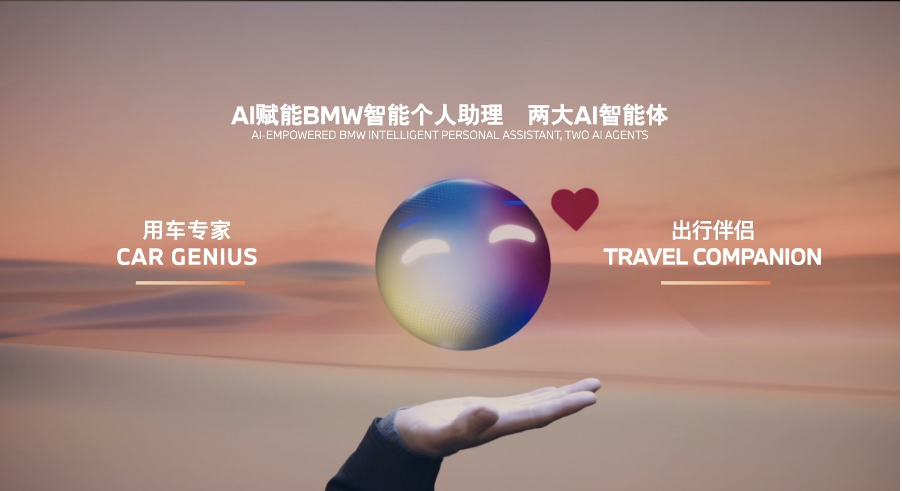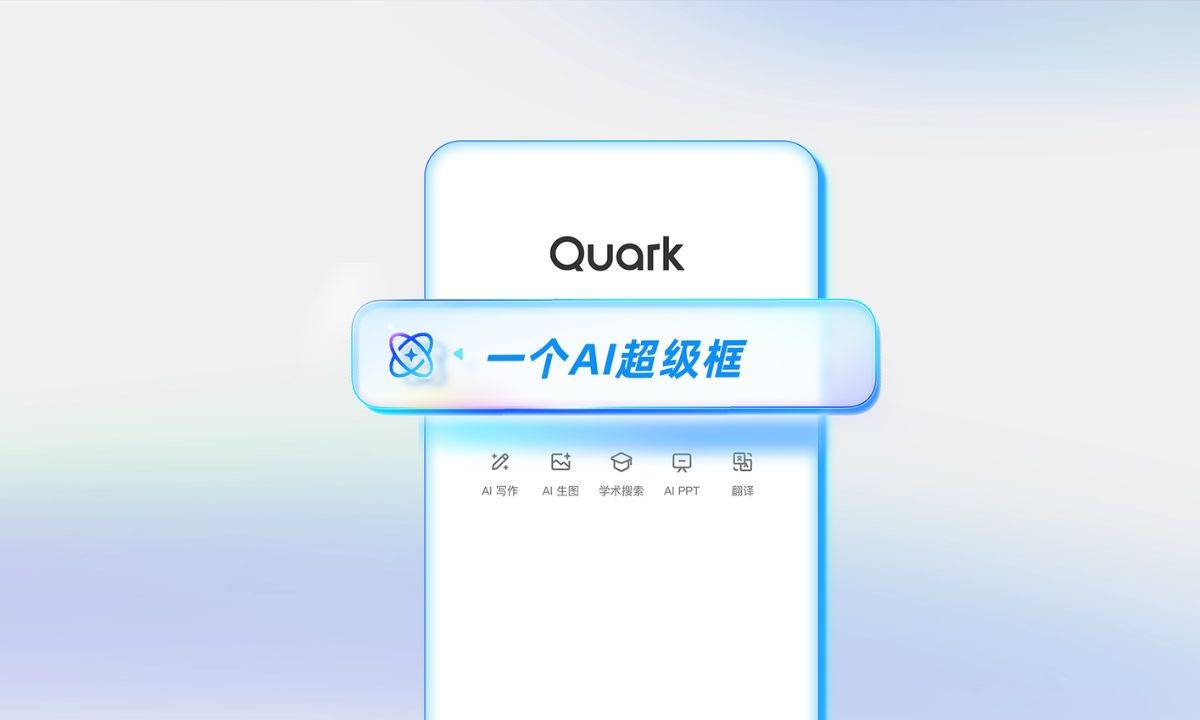
As we usher in 2025, the acceleration of technological innovation is poised to reshape industries, improve quality of life, and address global challenges. Central to this evolution is Artificial Intelligence (AI), which is unlocking new capabilities and transforming sectors from enterprise operations to biotechnology, education, sustainability, and beyond.
Here’s a closer look at the key technology trends that will define 2025:
1. Generative AI: Driving Enterprise Growth and Productivity
Generative AI is poised to become a transformative force driving enterprise innovation. Forrester believes that the evolving generative AI landscape will help businesses generate new revenue streams, extensions, and channels for business growth and reinvent themselves, forcing industries to restructure around the value generated by GenAI.
We believe that in 2025, businesses across industries will accelerate the adoption of GenAI, integrating it into their operations to enhance productivity further and unlock significant business value. This will include automating routine tasks, improving customer experiences, streamlining R&D processes, and creating innovative applications inspired by emerging technologies.
For instance, companies are already leveraging GenAI to deliver personalized content, such as tailored marketing campaigns and customer service. Drunk Elephant, a renowned skincare brand acquired by Shiseido, deployed Alibaba Cloud’s GenAI-powered Qwen model in its customer chatbot to enhance customer interactions in China.
We anticipate this trend will gain further momentum in 2025. As enterprises embrace GenAI, they will not only achieve productivity and efficiency gain, but also improve profitability by optimizing workflows for better human-machine collaboration. This will enable businesses to develop new growth initiatives and remain competitive in an ever-evolving market.
2. Open-Source LLMs: Democratizing AI Innovation Globally
The rise of open-source large language models (LLMs) is revolutionizing access to AI, enabling developers and startups to create cutting-edge applications with greater affordability. Alibaba Cloud’s Qwen model, which powers over 78,000 derivative models, exemplifies how open-source ecosystems are fostering global creativity.
This trend is driving a surge of creativity, particularly in regions where access to cutting-edge AI was previously limited. Developers are utilizing open-source LLMs to write code, create chatbots, automate customer support, translate languages, and produce new forms of digital entertainment. For example, Thai developers from Typhoon, which is committed to building a stronger AI community for Thai language-speaking users, are leveraging Qwen to build and optimize a series of LLMs tailored for the local language and local culture.
By 2025, we expect to see a proliferation of smaller, vertical-specific LLMs built on top of open-source foundational models. These models will drive AI applications tailored to local languages, cultures, and social needs, making AI innovation a genuinely global phenomenon. This democratization of AI could empower countries to address their unique challenges and opportunities in their markets.
3. Rising of Reasoning AI Models: Unlocking Advanced Problem Solving
Reasoning AI models, which simulate human-like decision-making, will become a cornerstone of industries like manufacturing, logistics, and autonomous driving. Both academia and industry are exploring this new frontier. Alibaba Cloud’s QwQ reasoning model, capable of advanced multi-step reasoning, unlocks tremendous business value by analyzing vast datasets, simulating future scenarios, and recommending strategic decisions, which is already transforming sectors like logistics by optimizing supply chains and forecasting demand fluctuations.
In 2025, we expect reasoning models to further revolutionize industries by empowering autonomous systems to solve complex problems in society, ranging from legal document analysis to financial risk management.
4. More Biotech Breakthroughs Powered by AI
AI is driving rapid advancements in biotechnology, particularly in healthcare and agriculture. AI-powered tools are already transforming the biotech landscape, enabling rapid virus detection, faster cancer screenings, and smart crop breeding.
AI models are improving diagnostic tools, such as Alibaba’s PANDA model, which has demonstrated significant accuracy in detecting pancreatic cancer. By 2025, continued AI innovations will yield breakthroughs in medical diagnosis, crop breeding, and global health solutions, significantly improving public health and food security.
5. Personalized Education: Empowering Underserved Communities
AI’s role in education will expand in 2025, making personalized learning experiences more accessible to underserved communities and children with special needs.
Tools like Alibaba’s Tongyi Wanxiang- a GenAI text-to-image tool- create customized picture books for children with autism spectrum disorder(ASD) and showcase how AI can drive inclusivity in education.By turning simple text prompts into engaging visual and auditory learning materials, these AI-generated books help children better express themselves and develop communication skills.
As GenAI continues to evolve, it will offer more tailored, practical solutions for diverse learning needs. This demonstrates AI’s potential for a more inclusive society, offering solutions that empower underserved communities in a new way.
6. Green Tech: Leveraging AI to Combat Climate Change
With climate change intensifying, green technologies are in high demand, and AI will be at the forefront of developing solutions to address environmental challenges.
AI-powered weather forecasting models, like Alibaba’s Baguan, offer more accurate predictions, helping communities prepare for extreme weather. In 2025, AI will further enhance carbon capture, green manufacturing, and sustainability practices, enabling communities to better adapt to climate volatility and minimize environmental impact.
Moreover, Alibaba Cloud’s CUBE DC 5.0, a next-generation data center design, improves energy efficiency and reduces environmental impact. As AI and green tech continue to converge, sustainability will be further optimized through smarter energy management and innovative data center designs.
Moving forward in 2025, to meet the increasing and diverse need for high-performance computing power driven by the global AI boom, we expect more new innovations in power architecture, cooling approach, data center design and smart energy management, making high density and energy efficient data centers more prominent.
A Future Powered by AI and Innovation
As we look to the future, AI’s potential to foster productivity, solve complex problems, and improve lives is undeniable. From enterprise GenAI applications to open-source ecosystems, reasoning models, biotechnology, personalized education, and green technologies, 2025 promises to be a year of transformative progress. By harnessing these trends responsibly, we can create a more inclusive, sustainable, and innovative future.



The future is hard to predict, but we are always filled with anticipation. Over the past few years, we have continually predicted and witnessed some aspects of the “future” unfold as below. The future may arrive faster than we imagine. Let’s embrace the future together.
2023’s Top 10 Tech Trends By Alibaba’s DAMO Academy
DAMO Academy Unveils Top 10 Tech Trends Shaping 2021
Alibaba’s 10 Tech Trends to Watch in 2020



.jpg)
